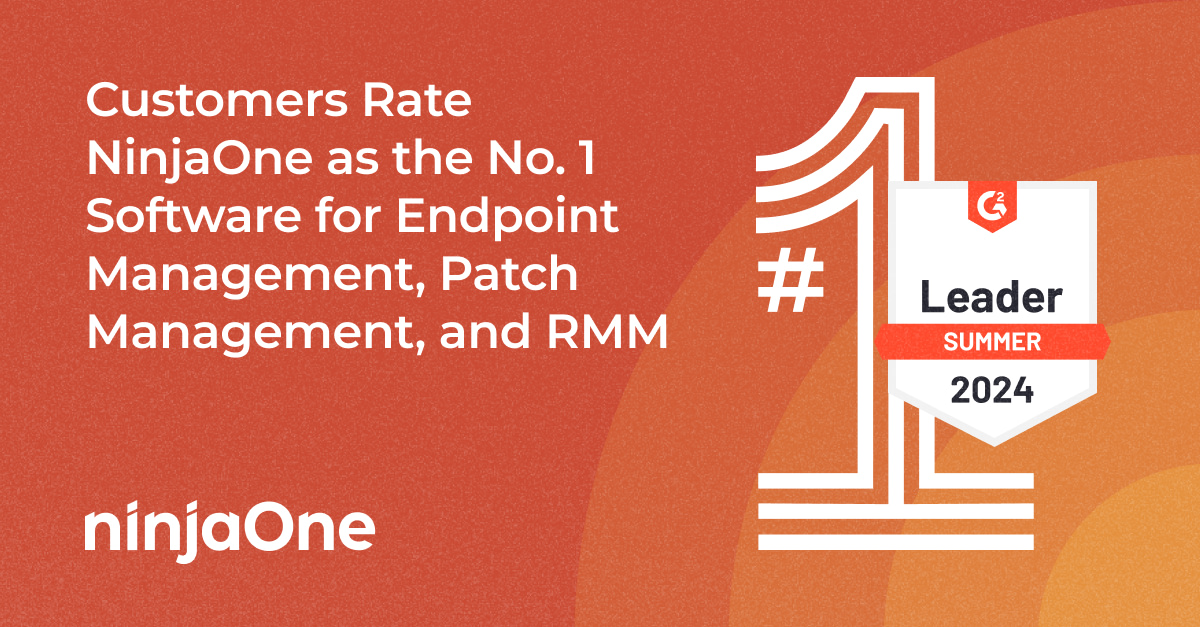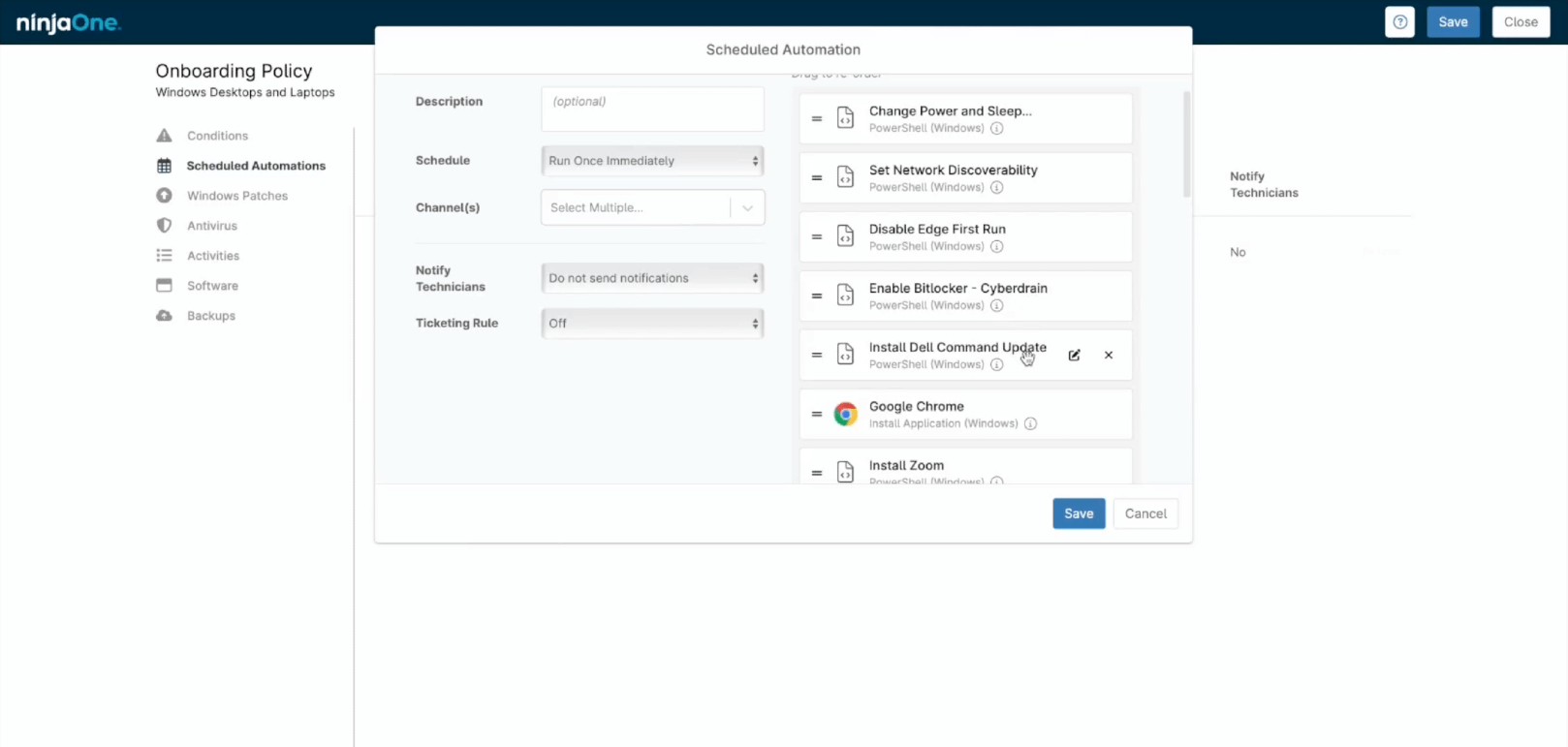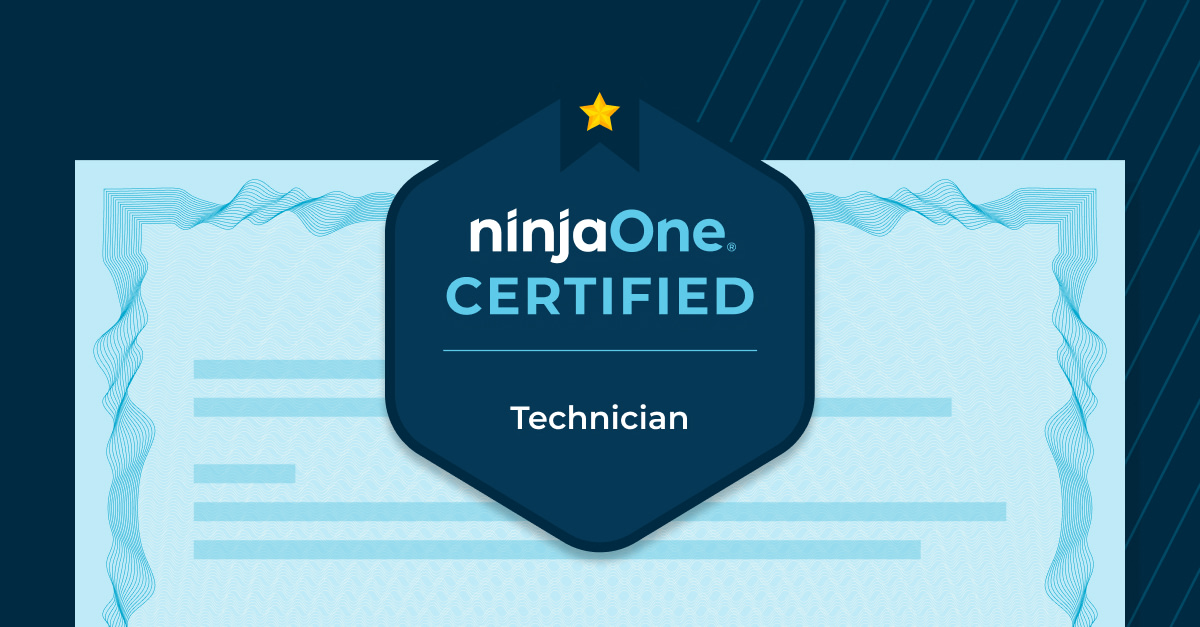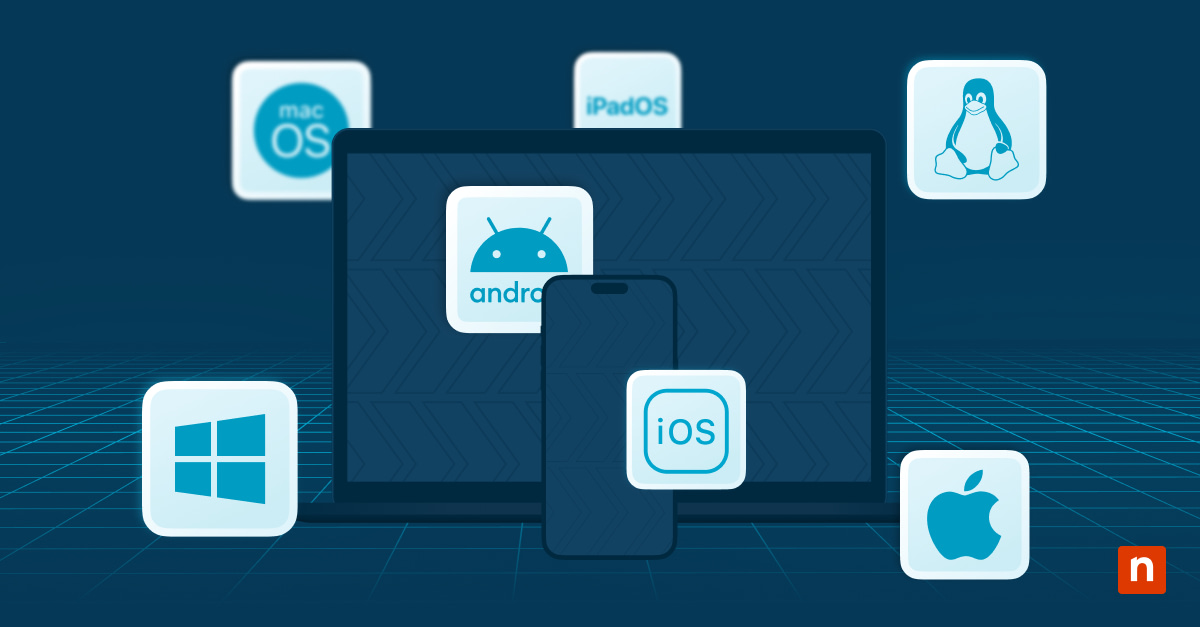
Photo by JD Hancock
Note: This post is an excerpt from our new guide, 5 Steps to Growing Your MSP Business. Download your complete copy here.
At first thought, the idea of growing your business seems pretty simple: add on a few new customers, maybe offer a new service or two, and you’re there, right? In reality, growth involves coordinating many moving pieces and adjusting dials on all parts of your business operations.
Adding on a new service can hinge on a host of requirements, from purchasing software to integrating the new service with your billing to training your techs to marketing the new service to customers. Not to mention eventually delivering it. All that takes significant effort. But, because you want to grow, it’s also necessary effort.
So, how can you scale the business easily to meet requirements as you grow?
In this final blog in our 5-part series on growing your MSP business, I’m going to provide some high-level guidance on how to establish and execute a growth plan that includes scaling the business, itself.
How to Scale Your MSP Business Operations to Support More Clients
Scaling business operations means understanding how growing one part of the business (e.g., headcount, customers, services, etc.) impacts the rest of the operation – and planning for those repercussions. Here are seven steps that will help you view your growth plans through the right lens:
Step 1: Start by defining what growth means to you
This goes back to the exercise I described in the first post in this series. This definition provides context around how your business will need to change over time. Looking to ramp up customer acquisition? You should figure out at what point you’ll need an extra tech, and how that new headcount impacts the business. Looking to grow via adding a new service offering? You should calculate the cost of software, infrastructure, training, etc. needed.
Step 2: Focus on predictability
As you plan scaling, remember predictability breeds profitability. So, any changes you make to the business need to ensure a predictable outcome. For example, if you want your techs to be 80% utilized to ensure specific profitability, you need to time the adding of customers in conjunction with adding new techs to achieve this.
Step 3: Think about what’s needed to scale service delivery
More customers or services will impact service delivery. Be thinking about your billable labor (read: techs), software and cloud licensing, as well as hardware infrastructure needed to provide the same level of service delivered today.
Step 4: Consider the back office
No tech is an Island. For the mid-sized and larger MSPs, you likely have folks on the backend handling accounting, administration, payroll, etc. Plan out how growing will impact these parts of the business.
Step 5: Plan for hidden costs
There will, no doubt, be growing pains. Tech utilization will likely have some high and low points, which can cause turnover in staffing. New customers may want out-of-scope service provided, which impacts predictability. You may find your new/old customer focus out of balance, which may force you to provide additional service at no cost to make them happy.
Step 6: Do a review of your plan in practical application
There’s an aspect of this planning that seems very hypothetical. In addition to figuring this out with pen and paper, you should also walk through your plan with members of your team as if it were in production, talking through how each part of the plan impacts the business. You’ll likely uncover a few issues you hadn’t thought of.
Step 7: Execute
At some point, you need to stop the planning and just do it. Growth of any business is a risk. The trick is to make incremental progress. Don’t wait until it’s perfect; if possible, try out your plan in a limited scope, measuring and obtaining feedback along the way to improve your strategy.
Achieving Happy and Sustainable Growth
The road to becoming a larger MSP is one paved with many potential obstacles. By stopping to reflect on your business and truly understand how it runs, you can ensure few of them are true surprises. With sound planning, a focus on the goal, and an understanding of everything your plan impacts, it’s possible to avoid most of the growth pitfalls, and build a larger business that is predictable and profitable.
Like what you read? Get your free complete copy of 5 Steps to Growing Your MSP Business now.
Inside, you’ll learn how to:
- Overcome the most common growth hurdles
- Create — and stick to — a practical growth plan
- Craft a value proposition that hits home with new prospects
- Acquire the right type of new customers
- Upsell your best current customers, and keep them happy while you grow
- Scale your business operations to make growth sustainable








